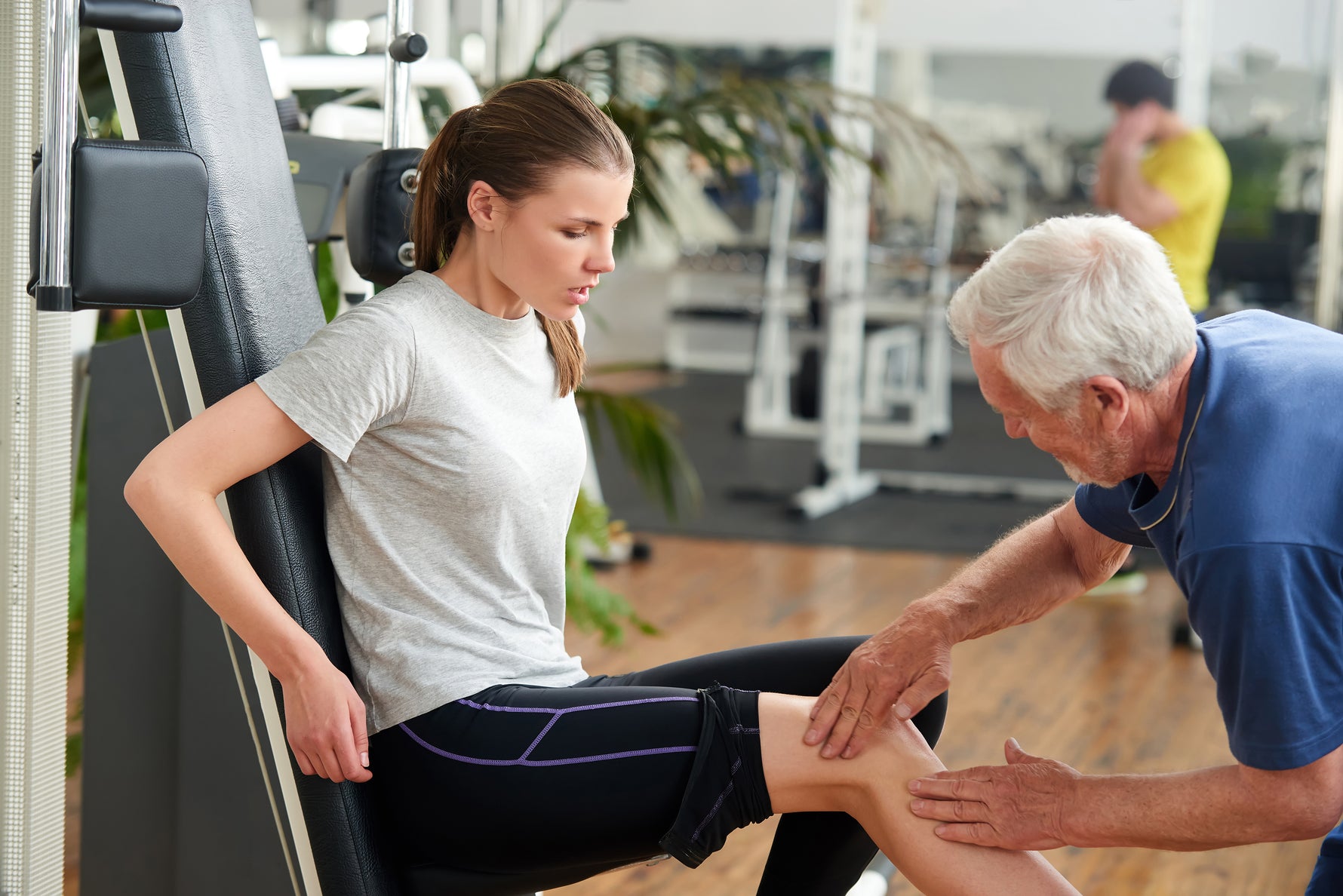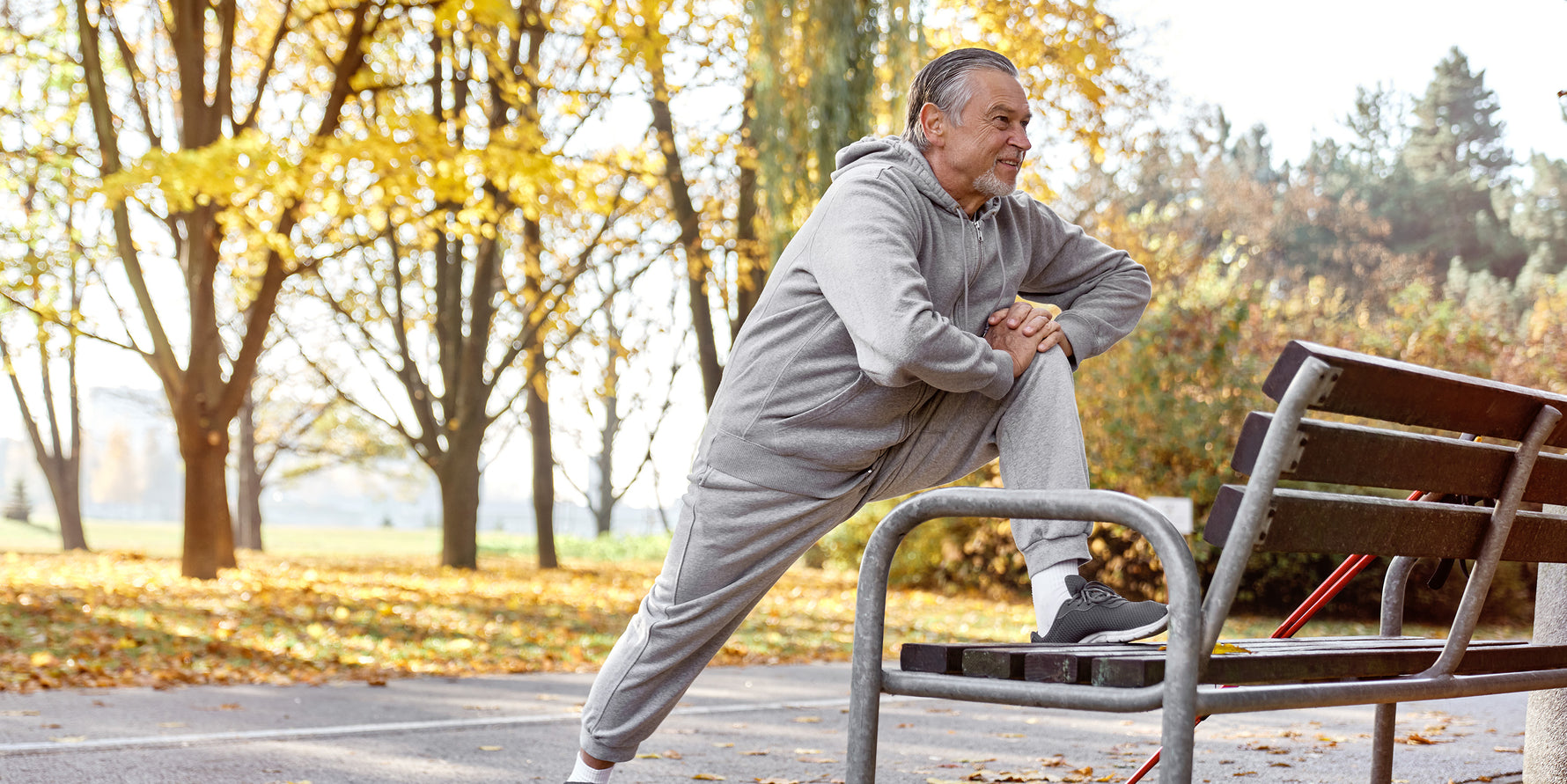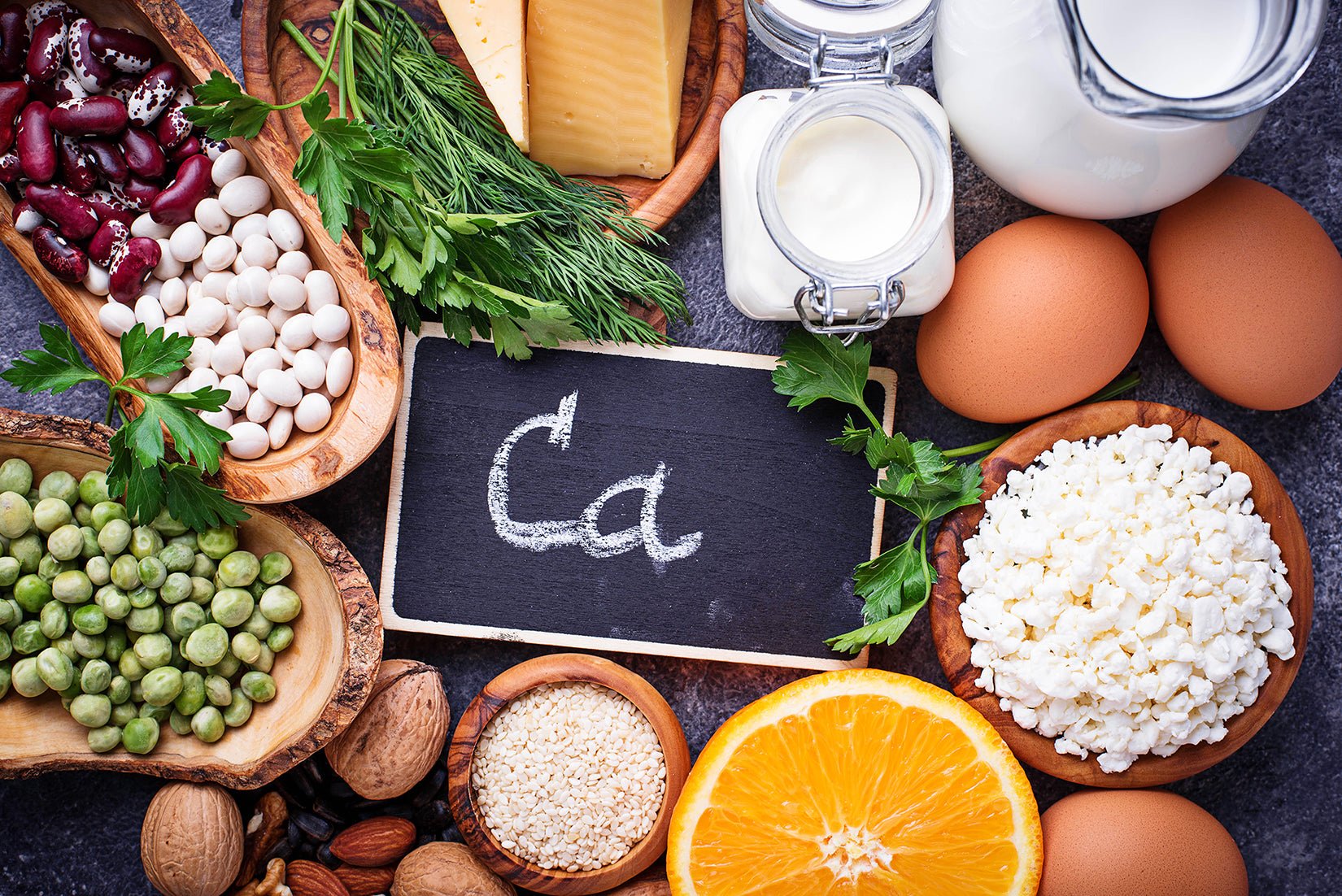Save 35% OFF your first subscription with code: EZ35
Save 35% OFF your first subscription with code: EZ35
Save 35% OFF your first subscription with code: EZ35
Save 35% OFF your first subscription with code: EZ35
Save 35% OFF your first subscription with code: EZ35
Save 35% OFF your first subscription with code: EZ35
Save 35% OFF your first subscription with code: EZ35
Save 35% OFF your first subscription with code: EZ35
Save 35% OFF your first subscription with code: EZ35
Save 35% OFF your first subscription with code: EZ35
Save 35% OFF your first subscription with code: EZ35
Save 35% OFF your first subscription with code: EZ35
Save 35% OFF your first subscription with code: EZ35
Save 35% OFF your first subscription with code: EZ35
Save 35% OFF your first subscription with code: EZ35
Save 35% OFF your first subscription with code: EZ35
Save 35% OFF your first subscription with code: EZ35
Save 35% OFF your first subscription with code: EZ35
Save 35% OFF your first subscription with code: EZ35
Save 35% OFF your first subscription with code: EZ35
Save 35% OFF your first subscription with code: EZ35
Save 35% OFF your first subscription with code: EZ35
Save 35% OFF your first subscription with code: EZ35
Save 35% OFF your first subscription with code: EZ35
EZ Melts Health Blog

EZ Melts Health Blog
The Benefits of Vitamin K2 and D3 Together for Your Heart, Brain, Immune System, and More
by Annie-Eliza Stevens
on Jun 17 2024
Reading Time: 3 minutes
Some vitamins simply work better in pairs, and vitamins K2 and D3 are a great example. These two pack a powerful punch when they work together.
Vitamin D3 is well-known for its role in calcium absorption and bone health, and vitamin K2 acts to make sure that the calcium gets shuttled to all the right places in the body. Together, they not only support strong bones but heart health and immune function too.
In this blog post, we'll dive deeper into the ways vitamin D3 and K2 work together, and why you may need to consider supplements as a way to make sure you’re getting what you need every day.
H2: Bone Health with Vitamins D3 and K2
One of the most well-known benefits of vitamins D3 and K2 is their synergistic effect on bone health. Vitamin D3, also known as the "sunshine vitamin," is crucial for calcium absorption in the gut. Without sufficient vitamin D3, our bodies cannot effectively use the calcium we consume from our diets.
Meanwhile, vitamin K2 acts as a traffic officer of sorts, directing calcium to the bones where it's needed for strength and density, while also preventing calcium from accumulating in soft tissues like blood vessels and organs, where it can contribute to calcification and potential health issues.
H2: Cardiovascular Support with Vitamins K2 and D3
Beyond bone health, vitamins D3 and K2 also play a role in supporting cardiovascular health. Vitamin K2, specifically the menaquinone-7 (MK-7) form, helps prevent calcium buildup in the arteries, a process known as arterial calcification.
This buildup of calcium in the blood vessels can lead to conditions like atherosclerosis, increasing the risk of heart disease, stroke, and other cardiovascular issues.
Vitamin K2 works by activating a protein called matrix Gla protein (MGP), which inhibits calcium from depositing in the arteries and helps maintain the flexibility and integrity of blood vessels. By preventing arterial calcification, vitamin K2 contributes to a healthy cardiovascular system.
Vitamin D3, on the other hand, may help contribute to regulating blood pressure levels and reducing inflammation. Chronic inflammation is a major contributor to the development of heart disease.
H2: Immune Function and Cancer Prevention
Vitamin D3 is well-known for its role in immune function, but did you know that vitamin K2 also contributes to a healthy immune system? These two vitamins work synergistically to support the body's natural defenses against pathogens and infections.
Vitamin D3 plays a crucial role in the development and function of immune cells, such as T cells and B cells, which are essential for recognizing and neutralizing foreign invaders.
Additionally, vitamin D3 has been shown to regulate the production of antimicrobial peptides, which are natural compounds that help fight off bacteria, viruses, and other microorganisms.
Vitamin K2, on the other hand, has been linked to improved immune cell function and may help regulate the immune response, preventing excessive inflammation that can lead to chronic health issues.
H2: More Benefits of K2 and D3
The benefits of vitamins K2 and D3 don't stop there. They have also been linked to brain health, better insulin sensitivity, and even potential anti-aging effects.
Vitamin D3 has been shown to support cognitive function and may help reduce the risk of neurodegenerative diseases like Alzheimer's and dementia. This vitamin plays a role in the development and function of neurons, and low levels of vitamin D3 have been associated with an increased risk of cognitive decline.
Meanwhile, vitamin K2 has been associated with improved insulin sensitivity, which can help regulate blood sugar levels and reduce the risk of type 2 diabetes. This vitamin may also contribute to heart health by promoting healthy metabolic function and reducing inflammation, which is a major risk factor for metabolic disorders like diabetes..
H2: Getting Enough Vitamins D3 and K2
While our bodies can produce vitamin D3 through exposure to sunlight, many people still struggle to get enough due to factors like geographical location, use of sunscreen, diet, and limited time spent outdoors during the work week. Additionally, as we age, our ability to synthesize vitamin D3 from sunlight decreases.
Vitamin K2, on the other hand, is primarily obtained through dietary sources like fermented foods (such as natto and certain cheeses), meat, and dairy products. However, for many people, it can be challenging to get sufficient amounts of vitamin K2 from diet alone.
For vitamin D3, the recommended daily intake varies based on age and other factors, but most experts suggest a daily intake of around 600-800 IU for adults.
And the version of K2 called Menaquinone-7 (MK-7) form is considered the most bioavailable and effective supplement available. The recommended daily intake for vitamin K2 (MK-7) can range from 90-120 mcg, depending on individual needs and health goals.
To make sure you’re getting enough of each, you might want to take a supplement to bridge any gaps, especially because D3 is one of the most common deficiencies in the US.
H2: Conclusion
While K2 and D3 each deserve the spotlight, they are even better when they work together to keep your bones strong, your heart healthy, your immune system kicking, and so much more.
By incorporating vitamin D3 and K2 into a balanced diet and lifestyle, through both dietary sources and the right amount of supplements, it’ll support general wellness and longevity.

EZ Melts Health Blog
Bone & Joint Action Week: Tips to Keep Your Bones and Joints Healthy
by Annie-Eliza Stevens
on Oct 16 2023
Reading Time: 3 minutes
The bones and joints in our body play critical roles in our lives, whether we are moving around, working at a desk, or enjoying leisure activities. Like any other part of our body, our bones and joints need proper care, attention, and maintenance so we can live our best lives at all stages.
That is why every year, Bone & Joint Action Week is celebrated in the United States to raise awareness about the importance of bone and joint health.
The week's main purpose is to educate and encourage people to take better care of their bones and joints through preventive measures, early diagnosis, and treatment of conditions and diseases.
In this article, we will delve into what Bone & Joint Action Week is all about and share some tips on how you can take care of your bones and joints to enjoy a healthy life.
What is Bone & Joint Action Week?
Bone & Joint Action Week is an annual health observance that is held from October 12th to 20th.
It was started in 2001 by the United States Bone and Joint Initiative (USBJI) to raise awareness of the growing burden of musculoskeletal (bone and joint) disorders in the population and the importance of prevention, education, and early treatment.
The event encourages people of all ages, especially young people, to adopt healthy habits that promote bone and joint health, such as regular exercise, good posture, vitamins, and avoiding smoking and excessive alcohol intake.
Tips to Take Care of Your Bones and Joints
Taking care of your bones and joints can help you maintain a healthy lifestyle and prevent the onset of several bone and joint-related diseases. Here are a few tips you should incorporate into your daily routine:
Work Out the Right Way
Engage in activities that can improve bone strength and joint flexibility, such as weight-bearing exercises, resistance training, walking, and cycling. All types of exercise is good exercise, but strength-training/anaerobic exercises help especially with building support around your joints and bones. However, make sure to use proper form when you’re working out and hire a trainer to help so that you don’t hurt rather than help your joints.
Avoid Smoking and Excessive Drinking Both smoking and excessive alcohol consumption can increase the risk of osteoporosis and other bone and joint diseases.
Practice Good PostureTake breaks from sitting: Incorporate short bursts of physical activity throughout your day, such as stretching, walking, or doing at-home exercises. Sitting down all day at an office job, driving, and watching TV can really have more of an impact on our spines than we think. Good posture involves maintaining the natural curves of your spine when standing, sitting, or lying down. Poor posture can lead to aches and pains in your back, neck, and joints. It also puts extra pressure on your bones and joints, increasing the risk of injuries and wear and tear over time.
Essential Vitamins for Strong Bones and Joints
Three vitamins and minerals come to mind when thinking about bone and joint health: D, K, and calcium. Strong bones are supportive of joint function, so taking care of both is important.
Vitamin D is essential for building and maintaining strong bones. It helps your body absorb calcium, which is necessary for bone health.
Calcium is the building block of bones. Your body needs calcium to maintain healthy bones and teeth, and to lessen the likelihood of bone diseases and conditions later on in life.
Vitamin K plays a crucial role in bone health. It helps your body produce osteocalcin, a protein that strengthens bones.
To make sure you’re getting enough of these nutrients, check with your doctor about taking supplements.
Conclusion
Bone & Joint Action Week is an excellent opportunity for us to learn more about the importance of bone and joint health and ways to prevent and treat joint disorders.
By incorporating some of the tips and practices shared in this article, you can make a positive impact on the health of your bones and joints, leading to a healthier and happier you.
Remember, taking care of your bones and joints is a lifelong process that requires consistency and commitment, but it’s so worth it for Future You!

EZ Melts Health Blog
The Importance of Mobility Work for Seniors: Staying Active and Healthy as You Age
by Annie-Eliza Stevens
on Jul 21 2023
Reading Time: 3 minutes
Getting older is something we all think about, but too often we don’t take the time to plan for it.
Mobility work is an important component of staying active and healthy as you age. It helps reduce the risk of injury, pain, and chronic conditions like arthritis.
As we age, our muscles and joints tend to lose their flexibility, strength, and range of motion. This can lead to stiffness, pain, and limited mobility, which can further reduce our quality of life.
However, with the right exercises and supplements, seniors can promote proper muscle and joint function and keep their bodies active.
In this blog post, we share the importance of mobility work for seniors, what happens to our bodies as we get older, and three exercises that anyone can do to maintain their mobility.
What Does Mobility Mean?
What is mobility, and what happens as we get older? Mobility refers to the ability to move your body freely and easily, through a full range of motion.
As we age, our mobility tends to decrease due to various factors like a decrease in muscle and bone mass, increased stiffness, and pain.
Without mobility work, this can further lead to an increased risk of falls, fractures, and injuries. Mobility work is functional fitness and combines stretching, strengthening, and functional exercises that improve flexibility, balance, and posture, which is essential for seniors to maintain their independence and quality of life.
Three Key Exercises for Supporting Mobility
1. Hamstring Stretch Stand straight and step your right foot forward, keeping your heel on the floor, and your toes pointing up.
Then, bend your left knee and try to touch your toes with your fingers while keeping your back straight.
Hold for 30 seconds and repeat on the other side.
This exercise can help loosen up your hamstrings, reduce stiffness, and improve your range of motion.
2. Chair Squat
Sit in a chair with your feet hip-width apart, and your arms extended in front of you.
Stand up slowly, squeezing your glutes and thighs, and keeping your weight in your heels.
Then, sit back down, keeping your knees behind your toes and your back straight. Repeat 10-15 times, and make sure to breathe deeply and keep a steady pace.
This exercise can help strengthen your legs, improve your balance, and reduce the risk of falls.
3. Wall Push-Up Stand facing a wall, with your feet shoulder-width apart, and your hands on the wall at chest height.
Then, bend your elbows and lean forward until your chest touches the wall. Push yourself back up to the starting position, exhaling through your mouth.
Repeat 10-15 times, and make sure to keep your shoulders down and your core engaged.
This exercise can help strengthen your chest, arms, and upper back, which is essential for everyday activities like opening doors, carrying bags, and reaching for objects.
Supplements for Mobility Support
Always consult a medical professional before starting any new exercise routine. And to get the most out of your mobility work, consider taking bone and joint supplements.
Our top picks are D3+K2, Calcium & Magnesium, D3, and SAM-e. When combined with mobility work, bone, and joint supplements can help seniors stay active, healthy, and independent for years to come.
Incorporating bone and joint supplements into your routine can help support joint, bone, and even teeth health. By doing all these things, seniors can maintain their active lifestyles, enjoy their golden years, and continue to do the things they love.
Better Sleep with EZ Melts
Adding bone and joint supplements to your daily routine can support your mobility, and an active lifestyle, so you can enjoy your golden years, and continue to do the things you love.
Customize your routine with bone and joint supplements according to your needs, and try our Essential Bone Bundle. Our supplements are non-GMO, vegan, sugar-free, and free from the nine most common allergens.

EZ Melts Health Blog
Exploring the Outdoors is Good for Your Bones and Energy
by Annie-Eliza Stevens
on Sep 20 2022
Read Time: 4 minutes
Did you know that spending time and exercising outdoors can also have some pretty amazing benefits for your bones and energy?
You don’t want to miss out on all the fall weather, so wherever you are, lace up those hiking boots and let’s start trekking.
Here are just a few ways that getting out in nature can help support your bone and joint health, as well as give you a much-needed energy boost.
Building Strong Bones
Exercise helps to build strong bones and joints. When you walk, run, or bike, your bones get a little bit stronger each time impact occurs.
The more impacts (or “loading”) that occur, the greater the benefit to your bones.
So not only does exploring the great outdoors give you a chance to get some exercise in the cooler fall weather, but it also provides an opportunity for your bones and muscles to receive regular endurance training.
Vitamin D From Mother Nature
Being outside in natural sunlight helps your body produce vitamin D.
Vitamin D is essential for bone health, as it helps the body absorb calcium. In addition, getting enough vitamin D is critical for fighting off fatigue.
If you’re feeling tired, spending time outside in the fresh air can help you feel more alert and awake.
And if you’re struggling with fatigue, regular outdoor exercise has been shown to help increase energy levels both in the short term and over time.
This is due not only to the stimulation of being in a beautiful environment but also because of sunlight exposure.
Endorphins vs Cortisol
Numerous studies have shown that spending time in nature can help reduce stress levels, improve mood, and promote relaxation.
If you’re feeling tense or anxious, take a walk in the park or go for a hike in the woods. You’ll likely find that your mood improves and you feel more relaxed after some time spent surrounded by trees and fresh air.
Moderating your stress levels is also critical for bone density and joint health. When you’re stressed, your body releases the hormone cortisol, which can harm bone density by interfering with osteoblasts—the cells that produce bone mass. Cortisol has also been linked to joint pain and inflammation.
But exercise produces endorphins, which have mood-boosting effects that can help counteract the negative effects of cortisol. And being outdoors while exercising? It’s a two for one.
Get Moving to Fall Asleep
And last but not least, outdoor exercise can also help improve sleep quality.
If you’re struggling with insomnia or other sleep issues, spending time outside during the day and getting regular exercise can help you sleep better at night. This supports your overall physical health and lower stress levels.
So next time you’re having trouble sleeping, try going for a walk in the park during the daytime hours and see if it makes a difference.
A Vitamin Boost for Your Fall Activities
Routine physical activity is essential for immunity, bone health, sleep quality, mental wellness, and metabolism, among others.
Consider vitamin D, iron, and vitamin B supplements to support bone and joint health, and encourage optimal energy levels.
Our vitamins are non-GMO, vegan, sugar-free and free from the nine most common allergens. We make it EZ to get the nutrition you need with our fast-melting supplements!

EZ Melts Health Blog
by Annie-Eliza Stevens
on Mar 29 2022
Read Time: 3 minutes
We are almost through winter and looking forward to the warmer, brighter spring days ahead. We often associate winter with cold & flu season, and sure enough, an uptick in people looking for preventative measures so they don’t get stuck using sick time. One simple, popular method is taking quality supplements that support a healthy immune system, like vitamin C.
But as the seasons change, your vitamin C intake shouldn’t. You need vitamins and minerals year-round and in the right amounts too. If you only use vitamin C supplements in the winter, you’ll miss out on all the fantastic benefits this health powerhouse has to offer.
The Health Benefits of Vitamin C
Vitamin C, also known as ascorbic acid, is vital in forming bone, muscle, tissue, and skin and promotes iron absorption. Vitamin C can support the effectiveness of sunscreen and is believed to help your body heal skin wounds faster.
And of course, vitamin C is associated with a strong immune response, hence why it’s a cold & flu season favorite. Vitamin C is a potent antioxidant when taken in the right amounts. Antioxidants support a healthy immune system response and fight free radicals.
Free radicals can harm and age your skin. Vitamin C is responsible for boosting your body’s natural collagen production, which equals healthier, younger-looking skin, so a vitamin C supplement is excellent for glowing skin year-round.
How Much Vitamin C Do I Need to Take Daily?
It all comes down to getting the right amounts of any vitamin. The recommended daily amount of vitamin C each person should take is different depending on numerous factors: age, health conditions, ethnicity, and diet, to name a few.
The National Institutes of Health recommend adult men 19 years and over take 90mg of vitamin C per day, and adult women 19 years and over take 75mg. If a woman is pregnant, they recommend getting a little more each day, about 85mg, and if lactating, 120mg.
It’s also common for people who smoke regularly to need about 35mg more than non-smokers because cigarette smoke is toxic and depletes a body of nutrients.
Consult your doctor before starting any new supplement regimen.
The EZ Melts Difference
While you may be able to find vitamin C supplements elsewhere, it’s finding quality products that matters when it comes to your health.
Make sure you choose a brand that cares about what they put into their supplements as much as you care about what goes into your body!
EZ Melts supplements are all zero-sugar, vegan, gluten-free, and non-GMO, so you know that you are getting effective supplements that won’t cause you harm.
Try our popular vitamin C supplements today.
Thank you for being a part of the EZ Melts community!
___
Written by Annie-Eliza Stevens

EZ Melts Health Blog
by Annie-Eliza Stevens
on Jul 20 2021
Read time: 3 minutes
Resveratrol is a polyphenol— a micronutrient found in plant-based foods. They are believed to act like an antioxidant, hence the claim that they support a slower aging process. Typically, these days you’ll hear them referenced to when talking about wine, as wine contains a rich source of this nutrient.
While the jury is still out on a lot of the properties of resveratrol, studies show a lot of promise in this nutrient being utilized as a support for good health and longevity. Here are just a few of the benefits research shows resveratrol might bring:
Supports lower blood pressure levels
Supports lower “bad” cholesterol
Supports nerve cell health
May support relief for joints
Promotes advanced antioxidant and anti-inflammatory benefits, which are linked to a slower decline in brain health
May lower the risk of diabetes
Could limit the risk of cancerous cell growth
The good news is in addition to wine, there are many foods with resveratrol, which is especially good news for those who don’t enjoy partaking in alcoholic beverages. Here are four foods that are rich in this “fountain of youth” nutrient.
Foods Rich in Resveratrol
Dark Chocolate
Yes, chocoholics, good news! Your favorite treat contains high levels of resveratrol. Make sure you choose dark—milk chocolate doesn’t count as most of the nutritional properties of the cacao plant are not present here. In addition, dark chocolate also contains great sources of iron, manganese and copper, which are also important nutrients.
Red Grapes
You actually don’t need to drink wine to get resveratrol from this fruit—just plain red grapes will do too. The skin is actually where all its nutrients are contained. In addition to resveratrol, red grapes also contain manganese and potassium, as well as vitamins C, B1, and K.
Peanuts
If you’re into nutty, salty snacks, peanuts are a great move. In addition to protein, iron, and vitamin B6, peanuts contain a healthy amount of resveratrol. Add peanuts to dishes or throw them in your bag on your way to work for a midday boost.
Blueberries
Just like grapes, blueberries are another fruit rich in antioxidants, including resveratrol. And also like grapes, its nutrients are contained in the skin of the berry. If you enjoy a sweet snack in the summer and are looking for healthy options, blueberries are a great option.
The EZ Melts Difference
Many people, due to allergies or lifestyle choices, don’t get ample amounts of resveratrol from their food, or they just want an extra boost to ensure they are getting enough antioxidants in their diet. That’s where supplements can bridge the gap!
If you take a resveratrol supplement, see why EZ Melts is better--our vitamins are fast melting, EZ to take, and have a delicious customer approved flavor.
Unlike many major vitamin brands, our tablets do not include harmful toxic ingredients, artificial flavors, or GMOs. Try us out and see the difference!
___
Written by Annie-Eliza Stevens

EZ Melts Health Blog
Five Sources of Calcium Besides Dairy
by Annie-Eliza Stevens
on Jun 15 2021
Read time: 3 minutes
When we hear calcium, we all are probably imagining cows at pasture and a tall glass of cold milk. This is probably in large part to the popularity in recent decades of commercials talking about how the calcium in dairy products build strong bones. Unfortunately, people without access to dairy or who follow a vegan diet miss out on a large source of calcium. But this mineral is in so many products other than dairy—you just have to know where to look. Here are five sources of calcium that you might not expect.
Green Leafy Vegetables
Green cruciferous vegetables are perfect for those who can’t eat dairy. In the United States, vegetables like kale, spinach, broccoli, and brussels sprouts are excellent sources of calcium and are in abundance at markets everywhere. Add them as a side dish for dinner, or look up some inventive recipes for colorful, flavor-packed salads—greens don’t have to be boring!
Bread and Products with Fortified Flour
Any excuse to eat bread, right? Well here is a good one: most bread products and whole grain cereals contain a healthy dose of calcium when made with fortified flour. Look at the nutrition label to be sure, and stock up on whole grains. The complex carbohydrates will keep you energized and satisfied while providing a good amount of calcium to your diet.
Dry or Canned Beans
Beans are a flexible household staple that is vegan-friendly and loaded with nutrients. Whether dry or canned, beans can provide iron, protein, carbs, and calcium to a diet that is lacking. Try making a cold bean salad for any summer gathering or making it a point to add beans to chilis, stews, and side dishes for a big boost to your calcium intake.
Almonds
Almonds, whether raw, roasted, slivered or otherwise are an incredible source of calcium and very versatile to eat. While not the biggest amount of calcium on the list, almonds contain a significant amount and are a great addition to trail mixes, salads, roasted chicken dishes, vegetables as a topping, or in a sandwich in the form of almond butter. Snacks and meals alike will be taken to the next level with this healthy and delicious nut!
Tofu
Tofu, made from soy protein, is a huge staple in many kitchens today. Whether vegan, vegetarian, omnivore, tofu is a versatile product that is made by solidifying soy milk. Make sure the tofu you choose is fortified with calcium for the maximum benefit. Soy products typically contain a large amount of protein, amino acids, and calcium, just to name a few. It’s great for stir-fries, sandwiches in place of meat, salads, as cheese substitutes, or just a snack on its own. Cooked or raw, tofu is a healthy treat that takes on the flavors of the spices you add to it, which is why it can be used in such a wide range of dishes.
Support Your Body with Calcium
In addition to a strong skeletal system, calcium supports the contraction of muscles and aids in physical movement, as well as making sure blood clots normally.
Are you vegan or dairy sensitive and not sure if you are getting enough calcium? Consider adding the EZ Melts’ calcium supplement to your daily routine. Our vitamins are fast melting and have a delicious customer-approved flavor. Unlike many major vitamin brands, our tablets are vegan and do not include harmful ingredients, artificial flavors, or GMOs. Try us out and see the difference!
___
Written by Annie-Eliza Stevens


















